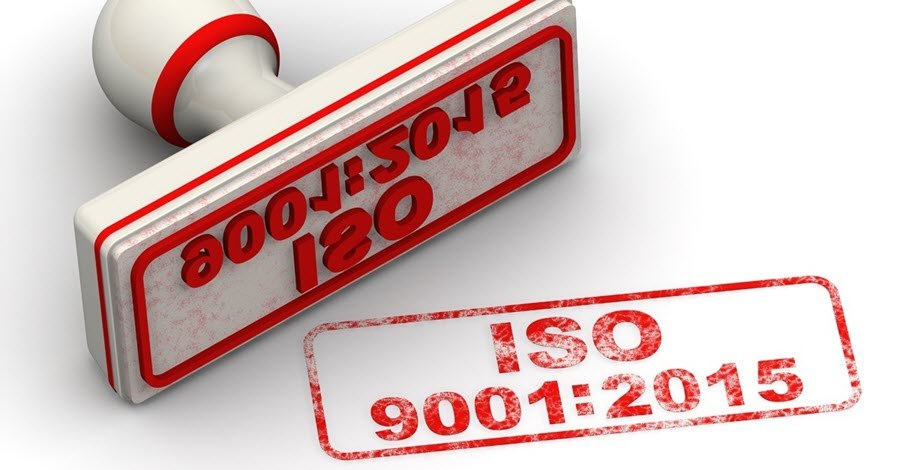Generally, majority of the organisations can expect to get ISO 9001 certification within 3 to 6 months with the proper groundwork and right knowledge of what is essential for ISO 9001 certification relying on their size and complication. An organisation must have an unambiguous idea of their objectives and the expected benefits that will be achieved by getting ISO 9001 Certification. In order to get ISO 9001 certification the organisation must be ready to integrate the Quality Management Systems into all business areas.
Requirements to Get ISO 9001 Certification
Documentation
For this purpose management of documentation is extremely essential. It is of paramount importance to communicate all company personnel’s about the significance of proper record keeping and using the approved documentation protocols. A main component of ISO 9001 is managing the documents usage to make certain that the most up-to-date version is being used for this purpose. An organisation will require a strong system to assure that previous versions are eliminated and latest versions are issued to the different internal departments, in cooperation with a system for version management. There will also be a need to classify which records must be kept to act in accordance with the ISO 9001 system requirements and what will be required to run the business effectively.
Problem Solving
Moreover, corrective and precautionary steps are vital as well. Certainly, processes can be unsuccessful and the organisation must have a clear process for resolving the issue and discovering where it went erroneous, before making adjustments to stop it from happening once more. The organisation intending to get an ISO 9001 certification must keep a record of each and every action taken to fix a problem. For achieving ISO 9001 Certification the system must be defined. The input from every department in the organisation is quite indispensable for doing that effectively and defining the company’s Quality Management System. The company will need to define who are its customers and specific to each department, for instance, for the sales and marketing department the ends users will be its particular customers.
Training of Employees
To get it done smoothly on-going support and training of the staff counts a lot. Employees must be properly trained to make certain that they have got the potential of performing their jobs efficiently. An up-to-date record of previous experience and education must be maintained in order to recognize their potential. It will help in Training Need Analysis to work on new skill development that may be considered necessary as the business advances. This information will be quite handy for identifying any experience gaps if new equipment is installed or in case of new products addition.
Internal Auditing
In addition to that, the organisation will also need regular internal auditing of its own system. Those people who are independent of the task being audited in the organisation can perform these. Another alternative is to outsource your internal audit function. Outsourcing your internal audit function is often seen to increase the capability of the function and cut cost compared to maintaining it internally. It is the responsibility of the internal auditor to confirm that quality procedures are being followed in compliance with ISO 9001 and identify areas of improvements. The organisation must have a system in place to demonstrate how internal audits are defined based on risk, performed and recorded.
External Audit and Certification
For choosing an auditor the organisation must select a qualified certifier or ‘registrar’. A formal application must be submitted, fee must be paid and the audit dates must be scheduled. In order to have an external audit, the certifier audits the quality system of the organisation against each and every specific requirement of ISO 9001. It’s a thorough and accurate test of an organisation’s quality management system. If the organisation is successful in fulfilling the desired requirements the certifier can give the coveted certificate. The certifier also enters the certified company on the official register of certified companies. After being certified with ISO 9001 the company can say it is ‘certified to ISO 9001’, ‘registered to ISO 9001’ or ‘has ISO 9001 certification’. All of these terms represent the equal value.
But it does not end here because each certification is granted for the duration of 3 years. During that period the company must continue to run its system, sustain it and improve it without any doubt. The external auditor revisits at scheduled periods to make sure that the company is doing accordingly. These audits are shorter compared to the original one, however conducted annually as a minimum. When the period of 3 years ends, for recertification the company has one more complete audit and it continues this cycle going forward.


















